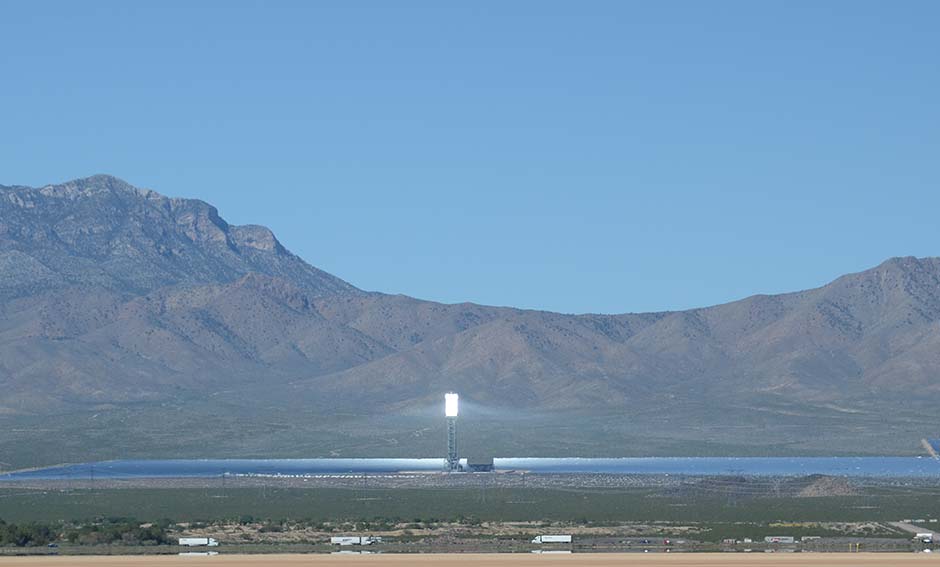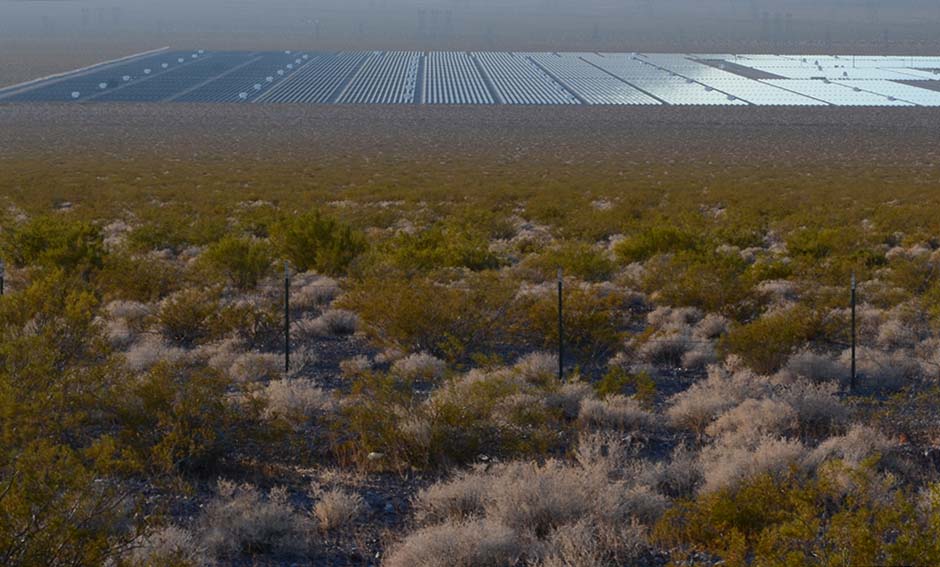Loading...
Solar Energy Development and the Environment
Argonne National Laboratory’s Environmental Science Division (EVS) has over a decade of experience in developing siting and design solutions to facilitate solar energy deployment while protecting environmental resources
Introduction
Achieving decarbonization goals to address our global climate and energy needs will require significant continued investments in solar energy. The expansion of utility-scale solar development across the U.S. has increased the pressure on environmental resources and land uses. Therefore, sustained development of solar energy will depend on finding renewable energy solutions that synergize the co-benefits of energy production, ecosystem services, and land uses. Argonne National Laboratory’s Environmental Science Division (EVS) has over a decade of experience in developing siting and design solutions to facilitate solar energy deployment while protecting environmental resources. This website summarizes trends and projections for solar energy development in the U.S. and highlights the relevant work EVS has conducted to minimize the environmental impacts of these developments and optimize environmental co-benefits.
Solar Energy Trends
Ground-mounted utility-scale solar energy electricity generation has seen tremendous growth in the past decade (EIA 2022; see chart). According to the Energy Information Administration (EIA), there is currently over 73 GW (nameplate capacity) of utility-scale solar electricity generation currently operating in the U.S. The top three states for utility-scale solar electrical generation in 2022 (the most recent year reported by EIA) are California (17.7 GW), Texas (11.4 GW), and North Carolina (6.1 GW).

State-by-state Solar Energy Deployment
2021 DOE Solar Futures Study
As solar development continues to expand across the U.S., there is a growing need to make these developments more environmentally compatible. EVS scientists contributed to the 2021 DOE Solar Futures Study by examining land use requirements associated with future projected solar energy development scenarios. To achieve a carbon-neutral electrical grid by 2050, analyses in this publication revealed that as much as 3,000 GW of utility-scale solar is needed by 2050, requiring approximately 10 million acres of land. Despite the seemingly large land requirement to meet the 2050 solar energy target, this represents roughly 0.5% of available surface land in the United States.




